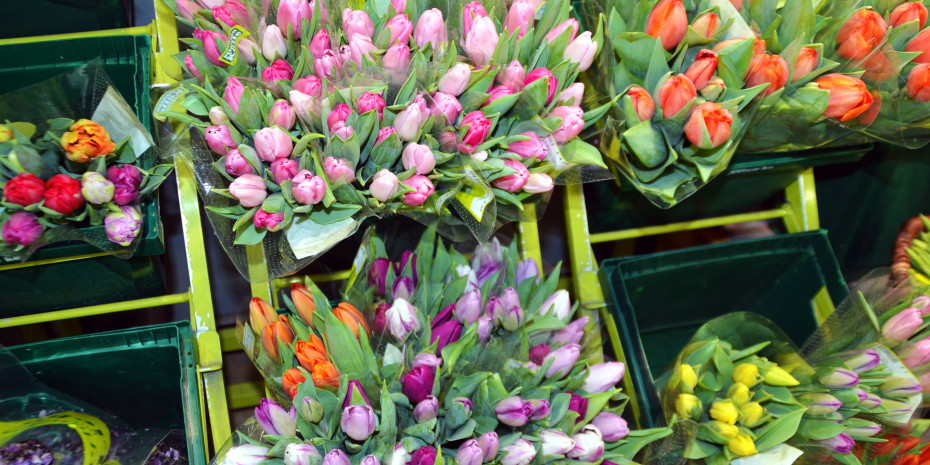Indicator of this development are the Netherlands which, with a share of 80 per cent, are the number one in trading with flowers and plants within the EU. Immediately after the Brexit referendum, the Dutch felt a decline in the volume of sales to Great Britain of around five per cent. In autumn 2017 the decline in sales volume every month was still at approximately minus six to ten percent, which is mainly explained by the weak pound.
The proportion of the Netherlands' exports to Russia has also dropped and has halved within the last three years. Within a very short period of time (until the end of 2016), Russia disappeared from fourth place of the Top 10 list of the Netherlands' export countries. However Russia is currently back under the Top 10 of destination countries again. Until the summer of 2017, exports to Russia increased by approx. 36 per cent in total compared with the previous year.
At the same time, the Association of the Wholesale Traders in Ornamental Plant Products - VGB in Aalsmeer reported a strong increase of exports outside the Top 10 countries. Until the end of May 2017 this was around EUR 500 bn and thus 17 per cent more than in the same period last year. In contrast, exports to the Top 10 countries only increased by three per cent. However they still make up almost 80 per cent of the export value.
In this context, the industry is closely monitoring developments in Poland, which continues to grow in importance as an export market. The export of flowers and plants from the Netherlands alone increased by 27 per cent in the first half of the year. Thus, Poland has moved forward to be under the Top 5 of the Netherlands' largest purchaser countries for the first time.
However this volume does not automatically go to garden centres. On the contrary: sales of flowers and plants though supermarket chains has grown steadily in the last three years.
These observations also suggest that the domestic production couldn't really profit from the plant boom. The Polish ornamental plant scene is still considered by producers as small-scale and fragmented. It also suffers from a strong shortage of skilled workers and a limited production area of less than 5 000 hectares.
And the market experts poled by the makers of IPM…








